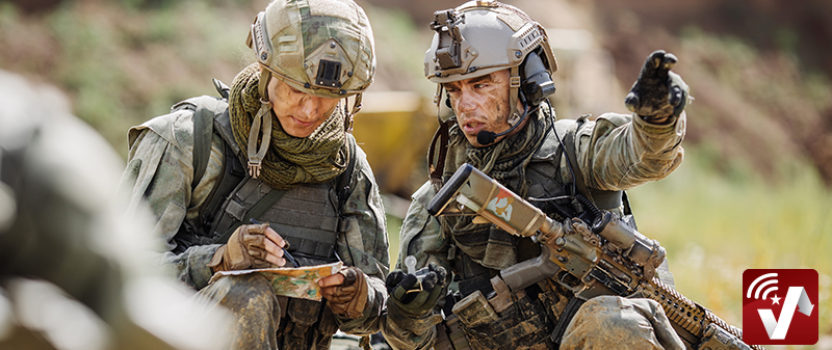Military Rules of Engagement
The military Rules of engagement (ROE) have been around for many years and have been written by commanders to prevent the use of deadly force against civilians and surrendering enemy combatants. The rules of engagement are there to protect U.S. military personnel from prosecution providing the service member follows them as written and directed.
Don’t Leave Base Without Them
I won’t cover all the rules of engagement for OEF/OIF. One, for security reasons, and two, it is too much to cover all at once. In a normal combat zone, prior to engaging in war or combat operations, each member of the military will receive an ROE card that they must keep on them at all times. Prior to conducting any combat mission, the commander or NCOIC will cover the ROE prior to departing. The commander or NCOIC will make sure each member of the combat mission is familiar with the ROE and fully understands them. You as a commander or NCOIC will be held just as responsible as the offender if a violation occurs. You should carry the ROE card with you at all times whether on base or on a mission.
The Military Rules of Engagement for OEF/OIF
The first thing to understand is whether the enemy military or paramilitary forces are declared hostile and may be attacked providing you follow the ROE. You first must also have PID, or positive identification, before engaging. Do not engage anybody who is surrendering or out of battle due to sickness or wounds. This means that you cannot go into a hospital or medical facility and start engaging enemy combatants that have been wounded or sick. Do not attack any force unless you have been attacked or you, your unit, friendly forces, or any designated personnel or property that you’re in control of is in danger.
You must be acting in self-defense. This means you cannot attack or engage civilians, hospitals, mosques, monuments, or any other historical or cultural sites. This is simple; unless you’re being attacked by a civilian, you shouldn’t attack them. You also should not target enemy infrastructures, such as public works, dams, commercial communication facilities, roads, highways, railways, etc. If you are attacked from one of these areas, you should engage and destroy the enemy and any hostile act or intent. You should do so with minimal damage and avoid destroying the objects if possible. Match force with force eliminate the enemy and the threat with the least amount of collateral damage as possible.
What to Do and Who to Protect
The use of deadly force is authorized to protect yourself, your unit, friendly forces, enemy prisoners of war, and civilians from crimes that are likely to cause death or bodily harm, such as rape or murder. If you have PID and see innocent civilians being attacked, the use of deadly force to protect them is authorized. The most important thing here is PID!
You must treat all civilians and their property with respect and dignity. You cannot just seize civilian property or destroy it unless authorized by unit commanders or higher leadership. You can detain civilians if they are interfering with the mission or if this is required for self-defense.
You Can!
You can engage and destroy enemy targets and enemy forces. You must spare civilian lives and property. Conduct yourself with honor. Comply with the law of war and if you see a violation, report it. There is nothing that will cause more of an international incident then a violation of the laws of war or rules of engagement. You should not degrade or humiliate any POW or KIA. You should never take war trophies or photos. If you violate the laws of war or rules of engagement, it’s very likely you will become a prisoner yourself either in an overseas prison or one in the United States. Don’t embarrass yourself, your unit, or your country!


